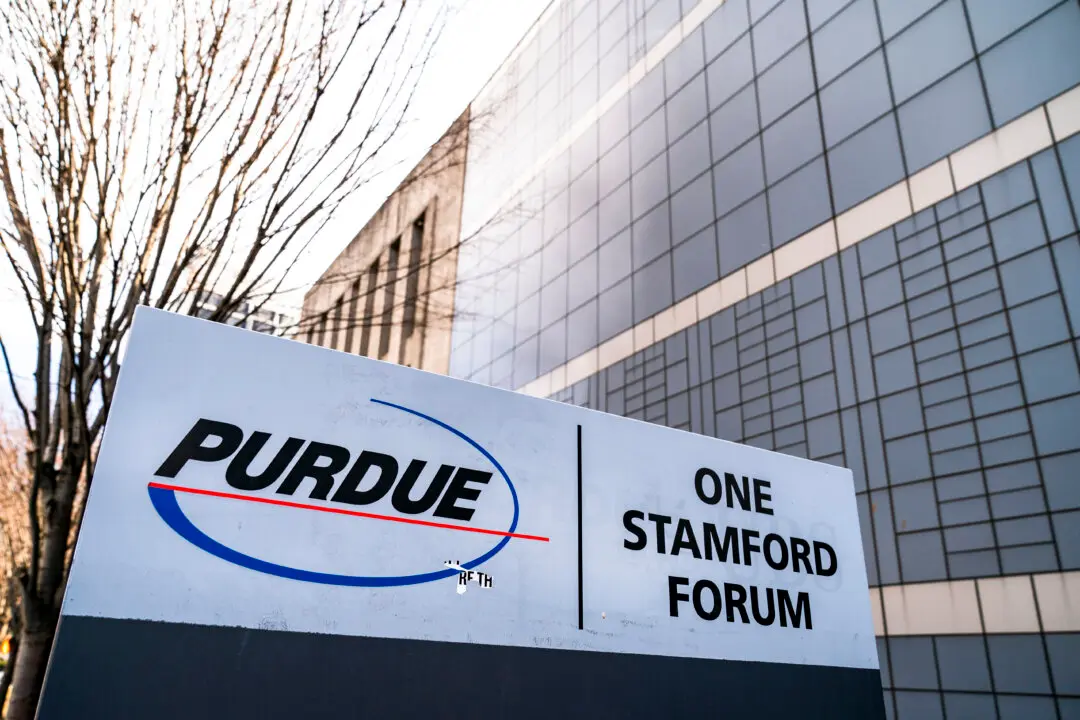As social justice leaders and media celebrate the melting and remolding of the Robert E. Lee statue in Charlottesville, Virginia, into a new public artwork, one history scholar warns of the dangers of erasing the past.
In an interview with The Epoch Times, Robert Natelson, a former constitutional law professor and senior fellow in constitutional jurisprudence at the Independence Institute in Denver, compared the removal of the statue to the Ministry of Truth’s incineration of historical documents in the memory hole in George Orwell’s “1984.”





